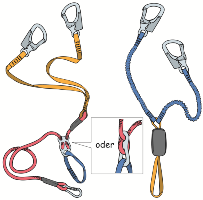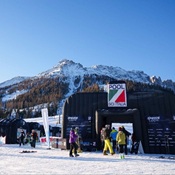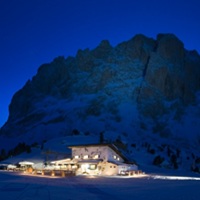 Tests carried out by the German Alpine Club’s Safety Research Department (DAV Sicherheitsforschung) revealed that many of the via ferrata sets currently available have considerable deficiencies and, in the worst case, may break when the user falls. A list which summarizes the affected sets was recently compiled by the German Alpine Club in cooperation with the manufacturers. Users of via ferrata sets worldwide are strongly advised to check their sets on the basis of this list, and to return them to the manufacturer, if they are affected. Furthermore, all users of via ferrata sets should check whether their sets still have not exceeded the lifetime indicated by the manufacturer. Hence, it is the second time within six months that problems with via ferrata sets occur – though completely different systems are affected.
Tests carried out by the German Alpine Club’s Safety Research Department (DAV Sicherheitsforschung) revealed that many of the via ferrata sets currently available have considerable deficiencies and, in the worst case, may break when the user falls. A list which summarizes the affected sets was recently compiled by the German Alpine Club in cooperation with the manufacturers. Users of via ferrata sets worldwide are strongly advised to check their sets on the basis of this list, and to return them to the manufacturer, if they are affected. Furthermore, all users of via ferrata sets should check whether their sets still have not exceeded the lifetime indicated by the manufacturer. Hence, it is the second time within six months that problems with via ferrata sets occur – though completely different systems are affected.
Which types of sets are affected?
The recent recalls concern via ferrata sets employing the rope friction technology (the set on the left in the sketch). These systems can be recognized by the metal plate through the holes of which a rope is guided.
The recall in August 2012 concerned several sets with elastic lanyards and tearing energy absorber (the set on the right in sketch). The recall list now available (see below) summarizes both recalls as well as the lifetime specifications provided by the manufacturers. The Alpine Clubs strongly advise all users of via ferrata sets to check their sets on the basis of this list. Via ferrata sets affected by a recall must not be used any longer, but do have to be returned to the manufacturer. Sets which are not affected by a recall but have exceeded the lifetime indicated by the manufacturer must not be used any longer.
What is the reason for the recent problem?
Via ferrata sets consist of two main elements – first, of the two lanyards which are clipped to the via ferrata cable by means of carabiners, and second, of the energy absorbing system. The energy absorbing system is connected to the lanyards and, in case of a fall situation, absorbs energy, thereby reducing the forces acting on the climbing harness, and thus on the user, via the girth hitch (the blue and yellow loop, respectively in the sketch). In absence of the energy absorbing system these forces would, in the worst case, be fatal or would cause structural parts to break.













































